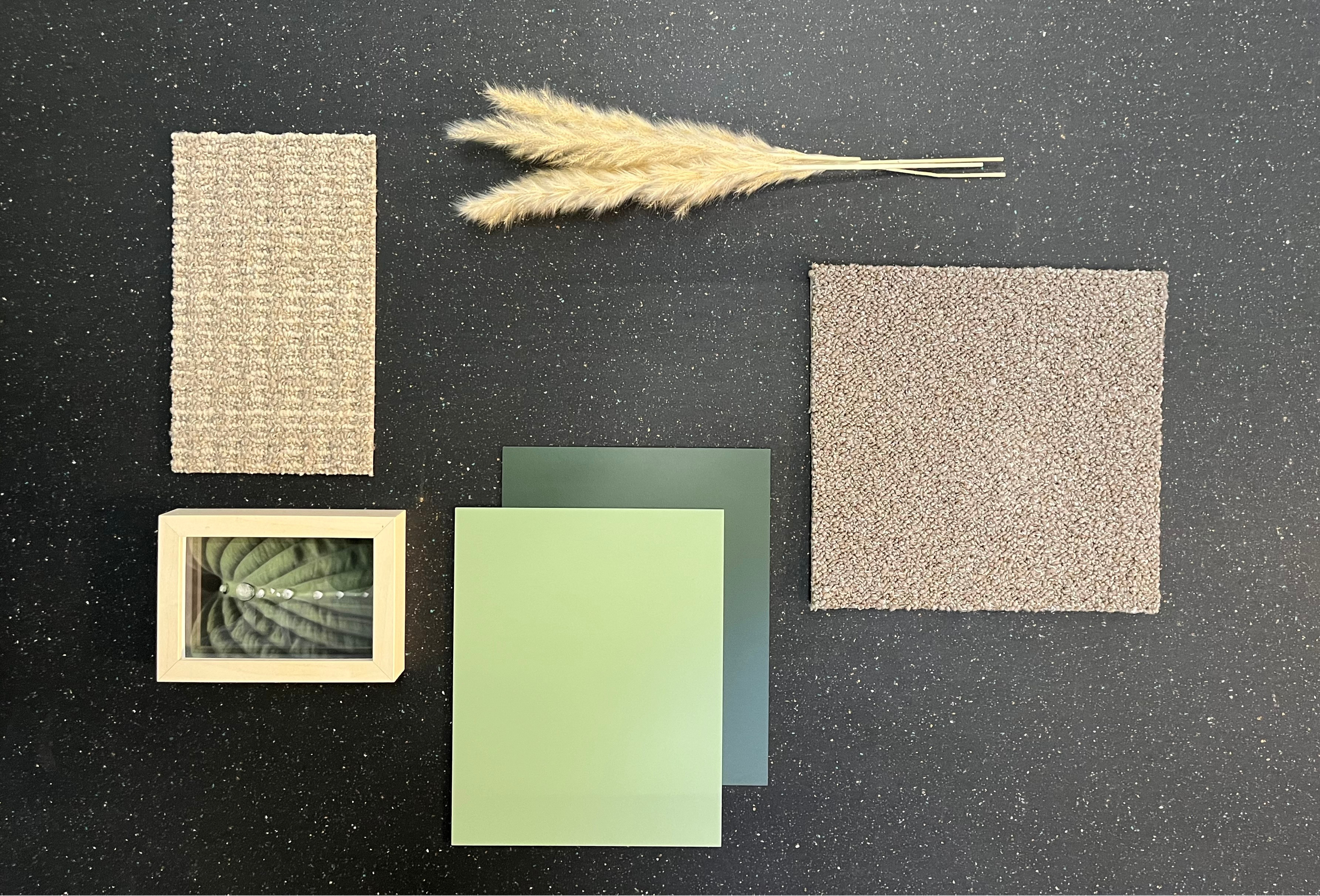Select a Location
It’s flooring—and then some. Made for More.
GOING 'ALL IN' ON CARBON NEGATIVE
Interface continues to raise the bar for sustainability – not just for flooring, but for everyone in commercial interiors.

Interface is raising the bar for sustainable flooring
What will it take to solve the climate crisis? Bold, relentless action from all of us. And for Interface, this means becoming carbon negative by 2040.
“Carbon negative carpet tile changed everything for Interface,” said Laurel Hurd, CEO of Interface. “We now know it’s possible to store more carbon than we emit – and we believe we can accomplish this across our product portfolio, from carpet tile to resilient flooring.”
Last year, Interface announced a shift in its sustainability strategy – that it would focus on direct carbon reduction and carbon storage, without offsets to meet its ambitious climate commitments. Today, it is already repurposing former offset investments towards innovation projects that will accelerate progress in achieving its 2030 science-based targets. These are an important waypoint on Interface’s path to carbon negative.
"Our carbon plan is simple — avoid, reduce, store, inspire,” said Liz Minné, Head of Global Sustainability Strategy at Interface. “We’re avoiding and reducing emissions throughout our product manufacturing, our business operations, and our supply chain, and working to store more carbon in our products. And we hope we inspire others to do the same.”
A year out from Interface announcing its strategic shift, what’s changed?
More investments in innovation and R&D. More collaboration with suppliers. And more carbon-storing materials in Interface flooring.

nora® rubber flooring introduced its first ever carbon negative prototype in 2025
Less carbon in the air.
More stored in nora® rubber flooring.
Earlier this year, Interface shared a first-of-its-kind carbon negative nora® rubber flooring prototype.
Built on its experience in developing carbon negative carpet tile, the company incorporated more bio-based and carbon-storing raw materials into its rubber manufacturing – ensuring a carbon negative footprint from cradle-to-gate. All while maintaining the high-performance benefits of nora rubber.
“More than ever, rubber is emerging as a priority flooring solution for commercial interiors, especially in healthcare, education, transportation, and other industrial segments,” said Minné. “By offering our customers a carbon negative rubber solution in the future, we can help them reach their sustainability goals without compromising on design or performance benefits.”
What’s next? Interface remains focused on refining this innovative product and preparing to bring it to market. The company aims to make carbon negative rubber commercially available globally in early 2026.
